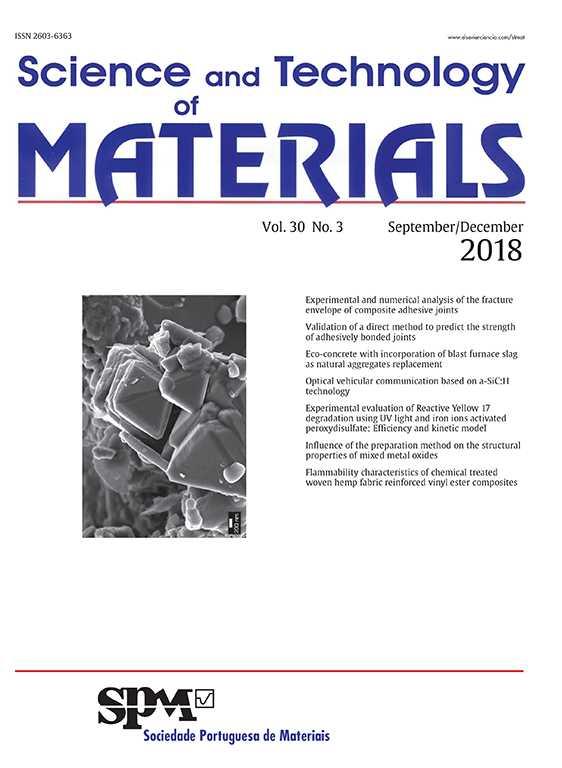O estudo pretende comparar as metodologias utilizadas nas ferrarias de Moncorvo com as adotadas em Lugo. O livro de Clodio González-Pérez dá a conhecer a indústria siderúrgica galega até ao século XIX. Moncorvo foi explorado para produzir ferro mas são apenas conhecidos os escoriais. O espólio conservado na Galiza tem elevado valor arqueológico, permitindo observar instalações e recolher escórias. Os minérios eram pobres e a constituição do leito-de-fusão, calculada a partir das escórias, mostra ter-se procedido ao seu enriquecimento. O carvão vegetal necessário provocava escassez de material lenhoso A água era um recurso energético essencial, substituindo mão-de-obra. Do balanço térmico da operação de redução, concluiu-se: baixo rendimento de ferro e elevado consumo de combustível, levando ao desaparecimento de ferrarias. A caracterização das escórias de Lugo permitiu comparações com as de Moncorvo: existem elementos estruturais muito diferenciados. Os minérios motivaram a ocorrência nas escórias de Lugo de constituintes atribuíveis aos teores mais elevados em alumina e a uma diferente relação SiO2/Al2O3: a fluidez das escórias promovia a dissolução dos óxidos de ferro, dificultando a sua redução. Os consumos de carvão vegetal justificam-se por baixa intensidade de combustão, alto teor em CO, elevada temperatura dos gases e pequena espessura das paredes dos fornos.
The study of Lugo (Spain) smithies slag was done in order to compare the technology used in the manufacture of iron using ore from Moncorvo (Portugal) with that one adopted in Galicia, utilizing local iron ore. The book by Clodio González-Pérez is an excellent document to understand the history of the iron industry with an enormous economic and social importance in the nineteenth century and earlier. The interest devoted to the Moncorvo iron ore body and to the works in it, led the author to become aware of industrial activities in the region where iron smithies have been built, whose testimony are, only, slag heaps. The smithies buildings are not yet discovered in spite the studies published about them. Therefore, the smithies buildings, in ruin, existing in Galicia, are very important and should be classified in order to be recovered, at least in partly, concerning its archaeological value. The visit to the Lugo smithies allowed to observe the facilities and technological resources involved and take slag samples which study is reported here. It allowed a detailed analysis of the metallurgical process, concerning raw materials consumed, and sought to justify the limonitic ore enrichment process, assuming that, the high iron content of the burden, calculated from the chemical analysis of slag, would require fragmentation (crushing), manual separation (hand picking), clay removal and calcinations. The charcoal consumed in reduction, was examined, taking in account the knowledge gained, by the economic and social importance assumed, for industry and the people, the felling of the forests. The shortage of firewood, surrounding the smithies and villages, compelled increasing of transport costs. Technical elements collected and chemical, metallographic and microprobe analysis were carried out and allowed a proposal of the thermal balance of the process, to justify low iron yield and high charcoal consumptions, leading to economic and social problems over time and to cause the premature death of some smithies. The knowledge gained by the Lugo slag characterization is important to allow a comparison with those of Moncorvo. It is important to emphasize that there are no significant structural differences in the slag from Moncorvo or that from Lugo. However, comparing the chemical and mineralogical compositions of the ores utilized, we find differences that caused the occurrence in the Lugo slag, higher content of alumina and different SiO2/Al2O3 ratio in the burden. These differences determine a higher fluidity of molten slag, allowing the dissolution of a relatively large quantity of iron oxide, which reduction is more difficult. The total heat loss may be justified by the small combustion intensity, determined by low wind flow and low thickness of refractory walls. Heat losses due to gases sent to the atmosphere with high percentage of CO and high temperature are relevant for the charcoal consumption, an expensive material.





